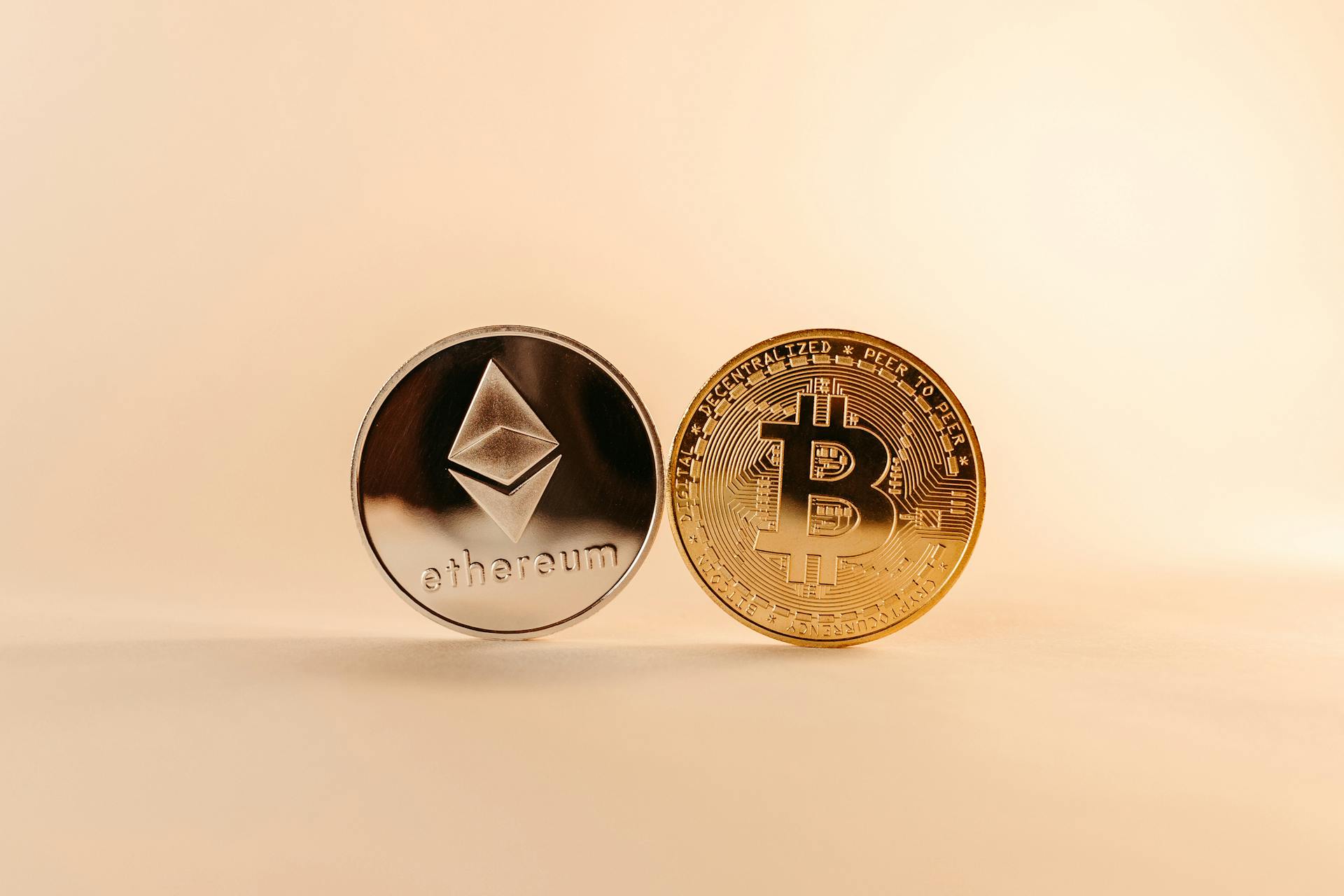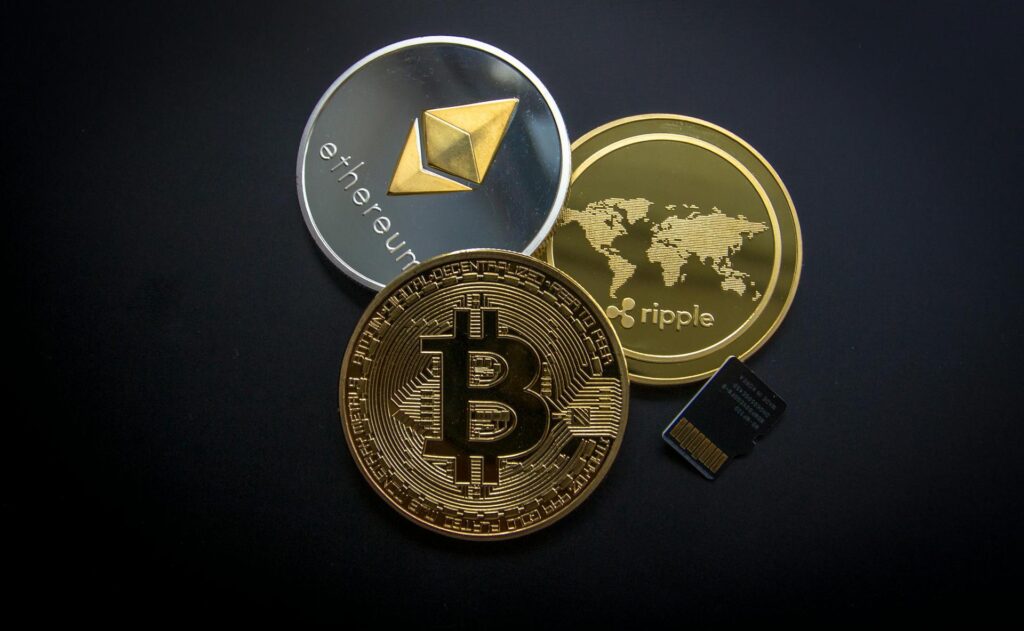Introduction
Solana (SOL), known for its high-speed transactions and low fees, has quickly become a significant player in the cryptocurrency market. However, like many cryptocurrencies, Solana experiences considerable price volatility. Understanding the factors driving these fluctuations is crucial for investors and enthusiasts. This article explores the various elements influencing Solana’s price volatility, including network upgrades, partnerships, ecosystem growth, regulatory news, and broader market sentiment. We also examine how these factors impact investor confidence and market behavior.
Network Upgrades
Technological Enhancements
Solana’s network upgrades often lead to price volatility. Major updates that improve scalability, security, and functionality can drive positive sentiment and increase demand for SOL. For example, successful implementation of upgrades like the Solana Pay payment solution or enhancements in transaction throughput can attract more users and developers, boosting investor confidence.
Downtime and Performance Issues
Conversely, network outages or performance issues can negatively impact Solana’s price. Instances of downtime, as seen in September 2021, raised concerns about the network’s reliability, leading to temporary declines in SOL’s value. Ensuring consistent performance and addressing technical challenges are essential for maintaining investor trust.
Partnerships and Integrations
Strategic Collaborations
Partnerships with prominent companies and projects can significantly influence Solana’s price. Collaborations that integrate Solana into popular platforms or bring new use cases can enhance its utility and visibility. For instance, partnerships with decentralized finance (DeFi) projects, non-fungible token (NFT) platforms, or large financial institutions can drive demand and positively impact price.
Adoption by Major Players
The adoption of Solana by major players in the cryptocurrency and tech industries also affects its price. Institutional investments or endorsements from well-known figures can boost credibility and attract more investors. News of such adoption often leads to positive market sentiment and price increases.
Ecosystem Growth
Increasing Number of Projects
A growing number of projects and applications built on Solana’s network contributes to its value. The expansion of DeFi projects, NFT marketplaces, and other decentralized applications (dApps) enhances Solana’s ecosystem, driving demand for SOL tokens. A robust and vibrant ecosystem supports long-term growth and stability.
User and Developer Activity
High levels of user and developer activity on the Solana network indicate strong adoption and engagement. Increased activity often correlates with higher transaction volumes and more staking, which can reduce circulating supply and drive up prices. Monitoring metrics such as active addresses, transaction count, and developer contributions can provide insights into ecosystem health.
Regulatory News
Government Policies
Regulatory news significantly impacts Solana’s price. Announcements of favorable regulations or recognition of cryptocurrencies by governments can lead to price surges. For instance, positive regulatory developments in major markets like the US or EU can boost investor confidence and attract institutional investments.
Legal Challenges
Conversely, negative regulatory news or legal challenges can lead to price declines. Crackdowns, restrictive policies, or uncertainties around regulations can create fear and uncertainty among investors, leading to sell-offs. Keeping abreast of global regulatory trends is crucial for anticipating potential impacts on Solana’s price.
Broader Market Sentiment
Macro Economic Factors
Broader market sentiment, influenced by macroeconomic factors such as inflation rates, interest rates, and global economic conditions, also affects Solana’s price. During times of economic uncertainty, investors often seek alternative assets like cryptocurrencies, driving demand. Conversely, economic stability can lead to reduced interest in riskier assets like cryptocurrencies.
Market Trends
General trends in the cryptocurrency market, such as bull or bear markets, significantly influence Solana’s price. During a bull market, positive sentiment and rising prices across the board can lift Solana’s value. Conversely, during a bear market, negative sentiment and falling prices can lead to declines in SOL’s value. Tracking overall market trends helps contextualize Solana’s price movements.
Investor Confidence and Market Behavior
Media Influence
Media coverage plays a crucial role in shaping investor sentiment. Positive news articles, social media endorsements, and coverage by influential figures can drive up prices, while negative news or FUD (fear, uncertainty, doubt) can lead to sell-offs. Media sentiment often acts as a catalyst for short-term price movements.
Market Speculation
Speculative trading and market manipulation can cause significant price swings. Whales (large holders of SOL) and high-frequency traders can influence prices through large buy or sell orders. Additionally, rumors and speculative bets on future developments can drive volatility. Understanding market dynamics and recognizing speculative behavior is essential for navigating price fluctuations.
Conclusion
Solana’s price volatility is driven by a complex interplay of factors, including network upgrades, partnerships, ecosystem growth, regulatory news, and broader market sentiment. Each element impacts investor confidence and market behavior in different ways. By understanding these influences, investors can better navigate the volatile landscape and make informed decisions.
For more insights and analyses on Solana and other cryptocurrencies, visit Degen Dude.




